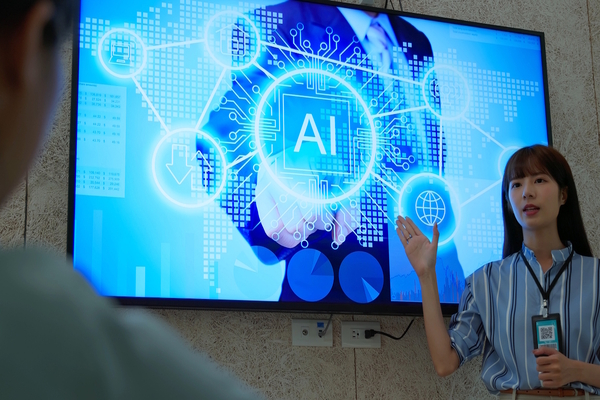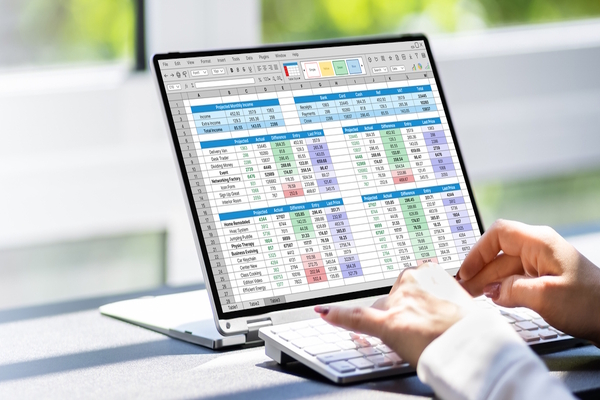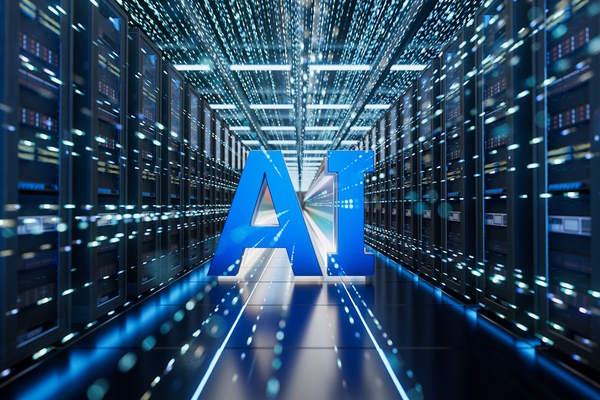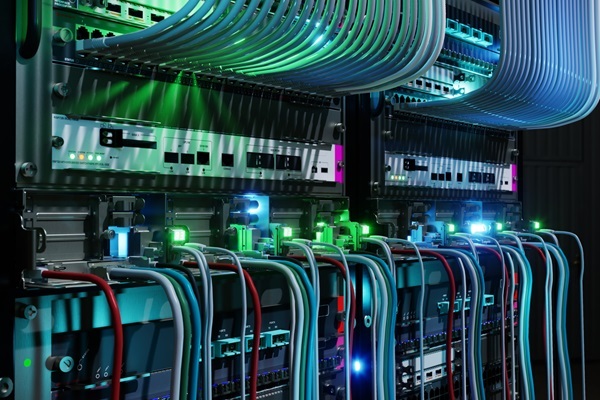Going green: powering the future of AI in the data centre
Sponsored by Axis CommunicationsJoe Morgan, Business Development Manager for Critical Infrastructure, Americas at Axis Communications, explores the power that data centres hold to change the way the world thinks about energy and sustainability in the AI era
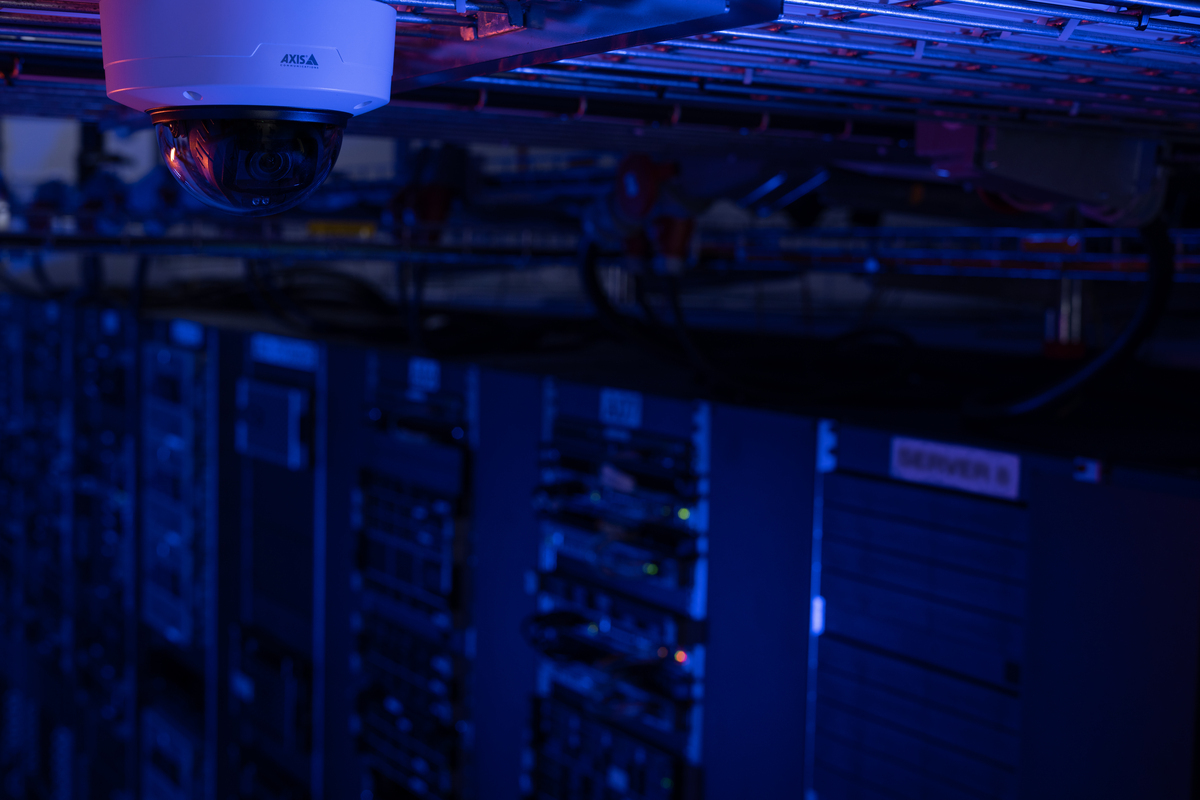
AI’s speed to market has been incredibly fast, and it’s growing even faster. Generative AI is becoming understood, widely used and its complexity and computing demand is rapidly expanding. The US leads the world in data centre numbers, housing over 5,300 as of March 2024, but this growth will see data centre demand double or triple in the very short term. Inside the server room and out, the data centre industry is now stretching to meet demand.
The rapid expansion of digital infrastructure is, on the surface, at odds with green initiatives. AI needs power, and lots of it. This puts broad constraints on data centre locations, which require ready connectivity to an adequate supply, and US provision of renewable energy is lacking – only 9 per cent of energy use in 2023 came from sustainable sources. The American data centre industry has no choice but to navigate its journey of expansion in a sustainable and responsible way from top to bottom, but it is clear that it will not be easy.
Sustainability, four ways
Outside of energy requirements, data centre companies need to consider four key pillars of sustainability when creating new sites or upgrading existing facilities: physical security; operational efficiencies; disaster resistance; and cyber-security. None of these can be ignored, and all offer opportunities to act in a more sustainable manner.
The problem is that the industry is necessarily working fast. Implementing fresh solutions to these pillars while attempting to maintain sustainable principles is difficult enough, but they must also be the correct solutions. The pace of data centre expansion means it is all too easy to overlook the obvious. You can be sustainable, but you must also be clever, and an intelligent choice of technology is vital.
The importance of ingenuity
Take security, for instance. A simple switch to high-quality thermal, infra-red and low-light cameras can help deal with security concerns at night, while removing the need for additional lighting and improving the operational efficiency of a data centre. But that is only their most simplistic use case. Cameras can do so much more than stream video. They are the most powerful sensors a site has, picking up millions of data points every second.
Just as the world’s use of AI expands, so can AI use within the data centre. The same camera that powers the security function can monitor the people on site. It might use AI-based techniques to detect if proper PPE is being worn, see if an employee has fallen, tie in with access control systems to help count staff in the case of an evacuation, or even alert to loitering in restricted areas.
One sensor, many uses
Within the server room cameras can protect entire racks, acting as a vital visual indicator for overheating, detecting smoke or fire and working with other sensors to assist with more complex operations such as cooling adjustments. And the right cameras, built with cyber-security principles from end to end, offer operators assurance that they cannot be used as a convenient IoT tunnel into a data centre’s wider network.
These functions only skim the surface of what a single sensor can do today, and it is certain that more efficiency and functionality will be discovered as data centre sites evolve. These sensors are the backbone of internal change and can help in a small way to reduce data centre power use, but they are a drop in the ocean. Only a massive increase in the availability of sustainable power will guarantee the future of digital infrastructure.
Barriers to overcome
Renewables are not yet popular with the public. In contrast to the rapid expansion of data centres, the US saw twice as many solar and wind installations blocked as were built over the past decade. This is despite the US Department of Energy’s target of reaching 100 per cent carbon pollution-free energy by 2035. In contrast to many European nations, the Americas are far behind the renewable curve.
The good news is that the power consumption of data centres puts operators in a powerful position as the driving force of sustainable energy solutions. Some data centre sites have developed their own solar and wind stations, often in very remote areas, enabled by remote monitoring and administration. Operators have invested in green energy power purchase agreements (PPAs), helping to grow the renewable industry. Data centres can even act as grid stabilisers, using latent power and balancing renewable energy with fossil fuel power as the grid requires.
The green power magnet
They key, though, is that data centres will always prioritise power availability. There is worldwide competition for countries to become the most skilled and capable providers of AI technology, making geography mostly irrelevant. Operators hold a powerful lobbying position because data centres will line up to purchase green power if it is available – in the Americas or elsewhere.
Those countries, states and cities which prioritise renewables and go beyond global targets are those that will thrive in this new AI economy. And while data centre providers focus on the big picture outside of the server room, they can lean on smarter, safer sustainability solutions within their walls in order to stay secure without worry.
Learn more about Axis solutions for data centres here

Joe Morgan is responsible for developing strategies and building channel relationships to expand Axis’s presence in markets specific to critical infrastructure in North America. Joe has more than 30 years’ experience building market share in the critical infrastructure industry. He has held previous positions serving in a business development and sales capacity at FLIR Systems, Olympus Industrial and Everest/VIT, where he helped deliver new technology to emerging markets. He holds a BA in education from the University of Texas at Arlington.
About Axis Communications
Axis enables a smarter and safer world by creating solutions for improving security and business performance. As a network technology company and industry leader, Axis offers solutions in video surveillance, access control, intercom, and audio systems. They are enhanced by intelligent analytics applications and supported by high-quality training. Axis has around 4,000 dedicated employees in over 50 countries and collaborates with technology and system integration partners worldwide to deliver customer solutions. Axis was founded in 1984, and the headquarters are in Lund, Sweden.

Business Reporter Team
Most Viewed
Winston House, 3rd Floor, Units 306-309, 2-4 Dollis Park, London, N3 1HF
23-29 Hendon Lane, London, N3 1RT
020 8349 4363
© 2025, Lyonsdown Limited. Business Reporter® is a registered trademark of Lyonsdown Ltd. VAT registration number: 830519543

